Price: [price_with_discount]
(as of [price_update_date] – Details)

[ad_1]
Filled with down-to-earth, common-sense advice, this absolute beginner’s guide for first-time chicken keepers teaches you everything you want and need to know about raising a backyard flock.
Keeping backyard chickens can be fun and simple, even if you have limited backyard space. To get started keeping backyard poultry, you’ll learn about: The benefits of a backyard chicken flockTips on negotiating chicken-keeping regulationsHow to select a breed to suit your needsThe incubation processThe art of broodingSetting up coops and runsProper poultry nutritionHow to protect your flock from predatorsIllness prevention and treatment With this knowledge, you can enjoy a more sustainable lifestyle with fresh eggs, free fertilizer (chicken poop!), and reduced household waste (chickens love table scraps!). Delight in the journey and achieve success with First Time Chicken Keeping.
Each book in the First Time series distills how-to guidance and advice from an expert on a specific topic into targeted step-by-step instruction geared toward the absolute beginner.
From the Publisher




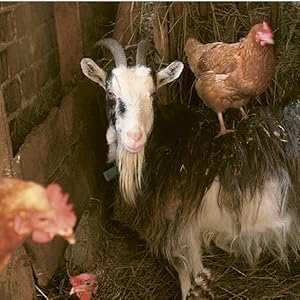

POWER TO THE POULTRY: THE GROWING URBAN CHICKEN MOVEMENT
There is a fast-growing movement sweeping across the world. It’s all about urban chickens, and thousands of people are joining every year. Keeping chickens in urban backyards is nothing new, and was quite common at one time. The United States government, for example, encouraged it during the Great Depression, when food was harder to come by and a family had to provide for its members. When small grocery stores started popping up on every corner and began carrying ready-to-roast chickens and clean, white eggs, the need for a small backyard flock to feed the family dissipated.
HENOLOGY: KNOW THY HEN FOR SHE IS GREAT
Your chickens are fun and curious family members and friends. If starting your first flock, have faith that your chickens will become your homegrown guide to enjoying your own backyard. Many people with chickens learn to see a common backyard or household space from a chicken-eyed point of view. What does that mean? Well, depending on your flock members’ personalities, it can range from learning to relax with Victorian, ladylike style to bounding around the yard with exuberance. Either way, chickens will teach you to check out all this life has to offer. They will also earn your respect. That’s what this chapter is designed for: to help you understand your new feathered friends. They are small and beautiful, yet mighty. Respect them for the physical feat they put forth every day—in the form of that egg you eat for breakfast.
BACKYARD OUTLAWS: ARE CHICKENS ALLOWED WHERE YOU LIVE? WHAT SHOULD YOU DO IF THEY AREN’T?
Before starting your backyard flock, make sure chickens are allowed where you live. Start hyperlocally by learning about regulations such as those from your homeowners association, then move outward. Check with city, county, state, and federal laws, too. Also, learn the terminology that applies to your area. Some laws state that only domesticated animals are allowed. Technically, chickens were domesticated at one point in time, some 6,000 to 10,000 years ago. Other laws may state that only household pets are allowed. One definition of “pet” is an animal kept for companionship and pleasure. Chickens could fall into that category. Finally, some laws classify poultry as livestock and apply to it all accompanying livestock regulations
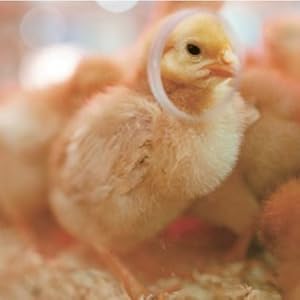





PREP WORK: GETTING YOUR HOME AND YARD READY
You’ve learned that you can legally keep chickens in your backyard. Now, before you bring home your chicks or eggs—whether your first or fiftieth set—you need to prepare. Gather all your equipment and keep it nearby in a handy space. Stock the necessary food, water, and vaccines. Do a once-over of your yard and tools to make sure everything’s in good repair before your birds arrive. To really get ahead of the curve, plan for your coop to include water collection; you can accumulate and store rainwater runoff for watering outdoor runs or a nearby garden or to fill coop waterers
INCUBATION: SO YOU’RE EGG-SPECTING?
A week does not pass without one of us telling someone about the amazing experience of incubating and hatching chicks. We have hatched out chicks many times, and the twenty-fifth time is just as exciting as the first! It only takes twenty-one days for a chick to hatch. It’s a great project for young and old alike.
THE ART OF BROODING: PREPARING THE NURSERY FOR YOUR NEW ARRIVALS
If chicks are in your future, regardless of whether you hatch them using an incubator, order them from a hatchery, or buy them from a feed store, you will need a brooder for your new arrivals. A brooder, your new chicks’ home for their first few weeks of life, is a box or pen that provides them a warm and dry place to live, a fresh and continuous supply of food and water, and protection from predators and a potentially harsh outside environment. It does what a mother hen would do in nature.
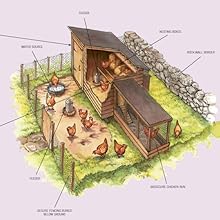



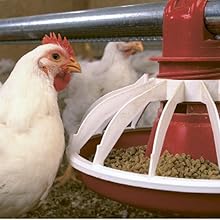

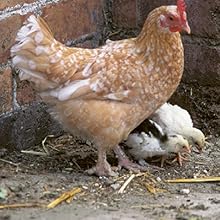

HOME SWEET HOME: COOPS AND RUNS
Now that your chicks are ready to head outdoors, you need a coop, a structure that protects poultry from predators and weather and provides a dry, covered area to prevent feed and water from getting soiled or spoiled. You’ll also need at least one run, a fencing structure outside the coop that protects chickens from predators and keeps them from wandering into inappropriate places—such as your neighbor’s yard.
SAFE AND SOUND: PROTECTING YOUR FLOCK FROM PREDATORS
When building your coop, think seriously about how to predator-proof the structure and any outdoor spaces in which your chickens roam. Perhaps skunks, raccoons, opossums, or foxes live in the area. Maybe you live near prime hawk nesting locations. It is your responsibility to prevent your chickens from living in fear that they’ll be part of the evening buffet. In many places, the law protects wild animals, putting your rights as flock owner second. For example, in the United States, it’s illegal to shoot a bird of prey. Unless you are Native American, you cannot remove feathers from any dead wild bird. Why these protections? Because in the past, animal cruelty was a real concern. Although you may be angry that one of these animals attacked your flock, research your rights before you shoot or capture.
NUTRITION: COMMON MANAGEMENT QUESTIONS AND SUGGESTIONS
Already in this book, we have discussed good coop design. Happy, healthy birds live in warm, secure coops. But, what about the second most expensive and most important part of keeping chickens, the food? Feeding a hen nothing but scraps, scratch, and leftovers will not help her to live a long and healthy life or reach her potential in egg production. With high-quality feed and a consistent diet, chickens can live to be ten years old. Some even make it to fifteen. The human race knows more about the dietary requirements of the modern chicken than we do about any other livestock animal—not that it’s been easy to learn. Feed formulations are complex, and the specific needs of chickens change during different life stages. Feed mills even hire poultry nutritionists to formulate their food rations to get it just right.
ILLNESS AND AILMENTS: PREVENTION AND TREATMENT
No flock owner wishes illness on any flock member. Chickens are like any pet or member of your livestock family, meaning you should always have their health in mind. Because chicks cost so little to purchase and maintain, some non-chicken owners may consider them expendable. But you, on the other hand, likely consider them integral members of the family. Know this then: Veterinary care for poultry—or any avian species, for that matter—is among the most costly, and poultry diseases are some of the most difficult to diagnose. Therefore, preventing your chickens from getting disease should be a top priority.
ASIN : 1631599534
Publisher : Quarry Books; 1st edition (August 11, 2020)
Language : English
Paperback : 128 pages
ISBN-10 : 9781631599538
ISBN-13 : 978-1631599538
Item Weight : 1.2 pounds
Dimensions : 8.55 x 0.6 x 10.95 inches
[ad_2]
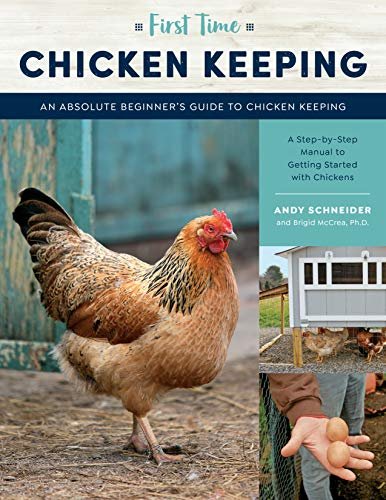
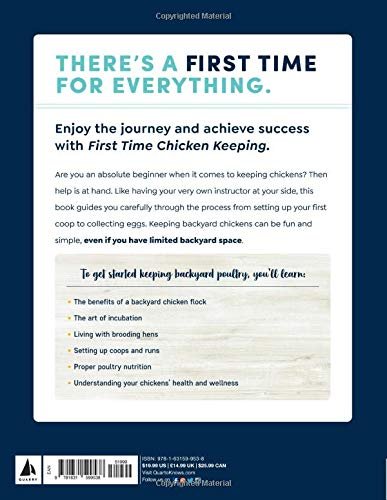
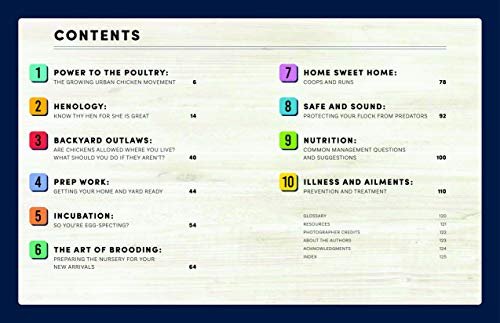

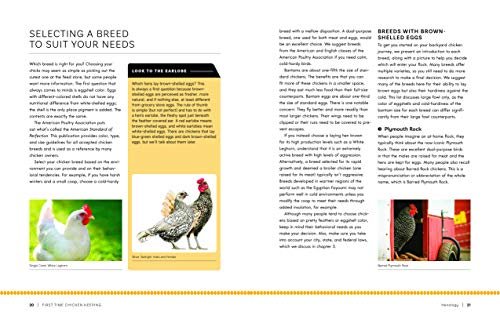
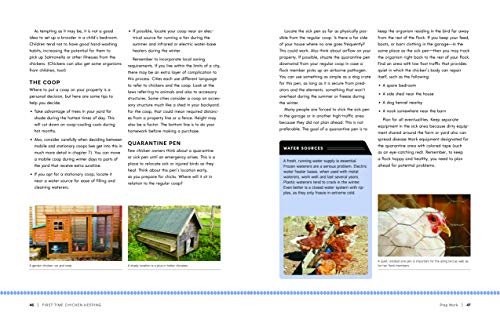
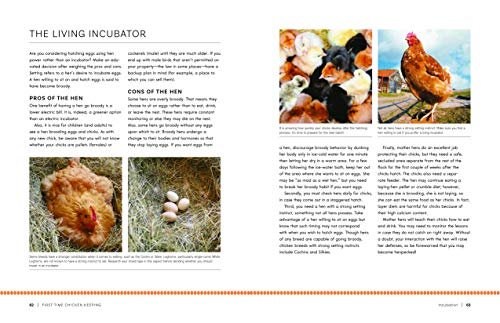



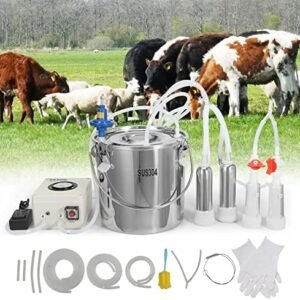
Reviews
There are no reviews yet.